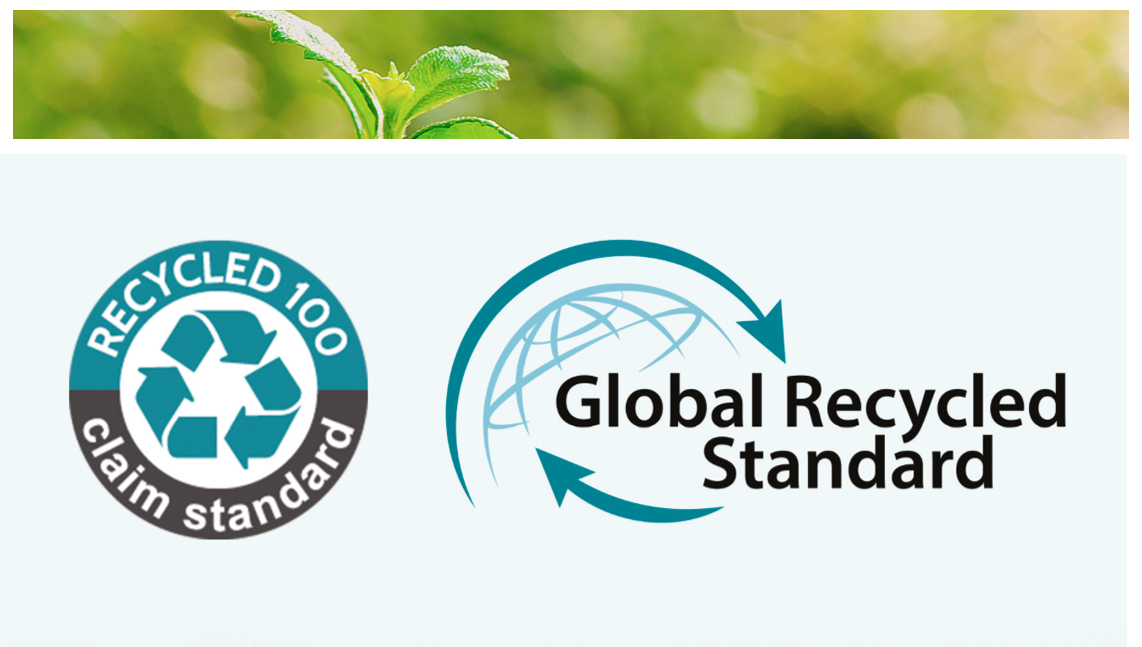
Global Recycled standard prevents unneeded wastage and can be a more sustainable alternative to disposal. Recycled cotton can come from secondhand clothing or from textile waste or leftovers which are then spun into new yarns and fabrics. There are some notable limitations of recycled cotton, including separation of materials that are cotton/polyester mix. There may also be limits to durability in using recycled cotton. Cotton can be recycled from pre-consumer (post-industrial) and post-consumer cotton waste. Pre-consumer waste comes from any excess material produced during the production of yarn, fabrics and textile products, e.g. selvage from weaving and fabric remnants from factory cutting rooms. Post-consumer waste comes from discarded textile products, e.g. used apparel and home textiles.
During the recycling process, the cotton waste is first sorted by type and color and then processed through stripping machines that break the yarns and fabric into smaller pieces before pulling them apart into fiber. The mix is carded several times in order to clean and mix the fibers before they are spun into new yarns. The resulting staple fiber is shorter than the original fiber length, meaning it is more difficult to spin. Recycled cotton is therefore often blended with virgin cotton fibers to improve yarn strengths. Commonly, not more than 30% recycled cotton content is used in the finished yarn or fabric. Because waste cotton is often already dyed, re-dyeing may not be necessary. Cotton is an extremely resource-intense crop in terms of water, pesticides and insecticides. This means that using recycled cotton can lead to significant savings of natural resources and reduce pollution from agriculture. Recycling one tonne of cotton can save 765 cubic metres (202,000 US gal) of water.